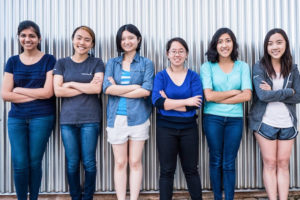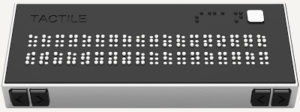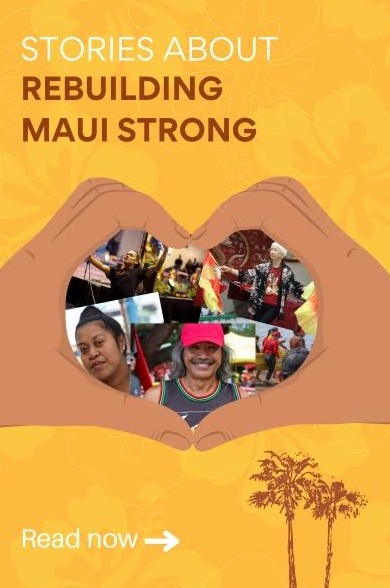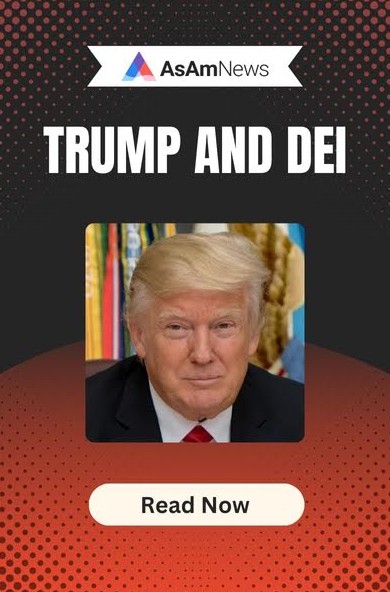
By Ed Diokno
Six Asian American students from MIT won a student technology competition by designing and building a device that translates the written word into braille – in just 15 hours.
The tight-knit friends, known as Team Tactile, are now among four groups of innovators accepted into the new Microsoft #MakeWhatsNext Patent Program, giving them the chance to get the legal help they need to navigate the complicated and often expensive process of obtaining a patent.
“There are a lot of potential barriers for women entering tech and staying in tech, from not enough exposure as children to lack of encouragement as they grow up,” said student Tania Yu. “This program makes it a lot easier for women to pursue what they’ve been working on, instead of just dropping a project because they feel like they couldn’t get intellectual property rights.”
RELATED: #LookLikeAnEngineer looks at Silicon Valley’s workforce, board rooms
Besides Yu, the other members of Team Tactile are Chandani Doshi, Jialin Shi, Bonnie Wang, Charlene Xia and Grace Li.
The idea for the competition came earlier this year, when Microsoft connected with girls in New York for International Women’s Day, and young students were asked to name an inventor. The answers came quickly: Ben Franklin. Nikola Tesla. Thomas Edison.
But when they were asked to name a female inventor? The question was met with uncertain silence.
The #MakeWhatsNext Patent Program seeks out industrious women, or groups that include at least one female member, who are working on advances in technology that could make a real difference in the world.

With the help of the patent lawyers, Team Tactile formally applied for a patent for their real-time text-to-Braille converter, called Tactile, last September.
Although there are already translation devices available for the blind, their cost is in the thousands of dollars and the devices need to be hooked up with a PC and a scanner. The Team Tactile invention would cost only a couple of hundred dollars making it more accessible to more people and it’s the portable invention is the size of a candy bar.
The Tactile team would love to see the invention help boost Braille literacy around the globe. They hope it can help many people gain more independence, and they’ve even been discussing how they could make it available to schools that don’t have the budget for expensive technology.“The thing that’s really pushed us is there’s not really something like this yet in the world… and it’s something that’s needed,” said Li. “That’s really motivated us to continue to develop this and make it happen.”



